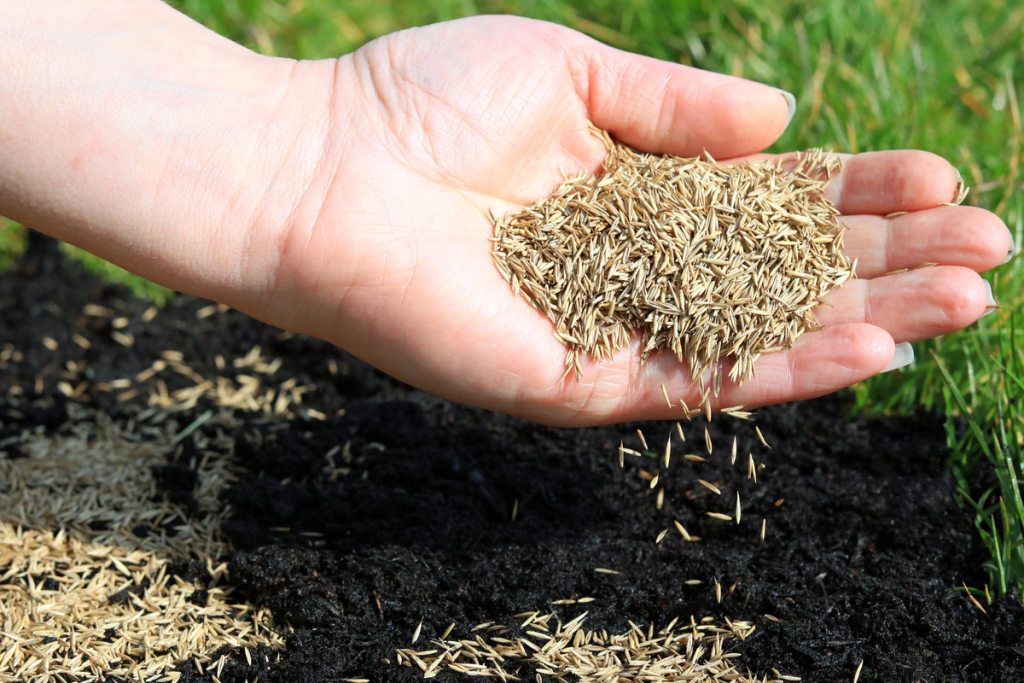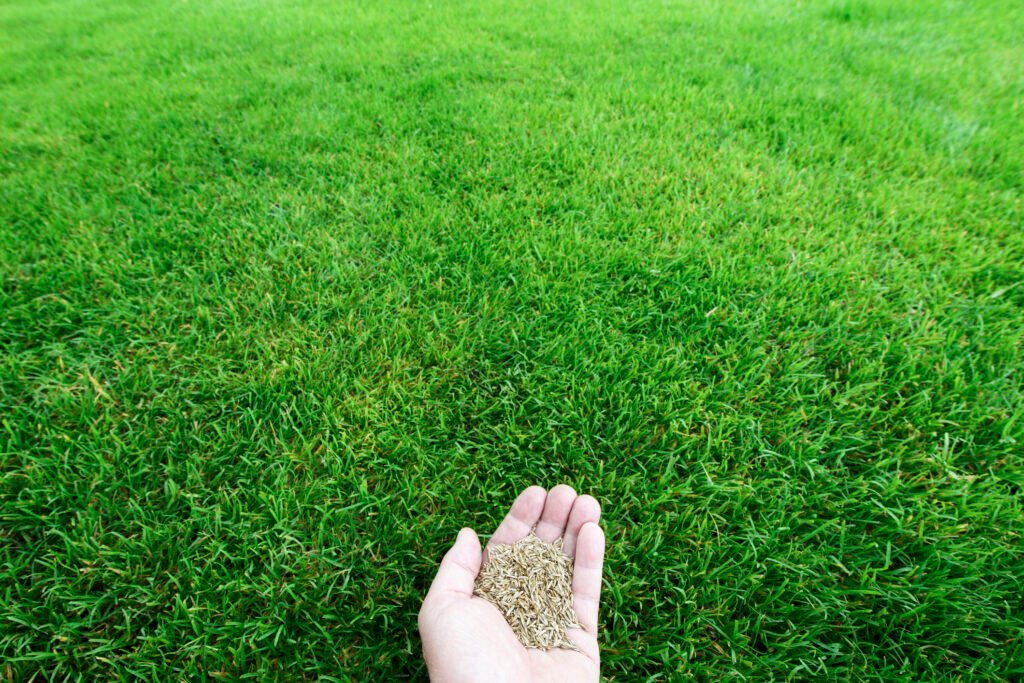
Best Grass Seed for Fall Season | How to Get a Lush Green Lawn
Most of the time, the best time to boost your lawn by planting grass seed is in the fall. The cooler temperatures and regular rainfall give ideal conditions for new grass growth and hopefully develop a rich, green lawn before the winter months become severe. Not all grass seeds are created equal. Choosing the right type of seed can make a big difference in the success of your lawn.
Why Fall is Ideal for Planting Grass Seed
Fall’s moderate temperatures and ample moisture provide the perfect conditions for the germination of grass seeds and the development of strong roots. Unlike in summer, when heat stress and drought can inhibit growth, or in spring, when weeds compete for space, fall planting gives your lawn its best possible chance to thrive with less competition and stress.
Top Grass Seeds for Fall Planting

- Kentucky Bluegrass
Best for Northern and transition zone climates.
- Key Features: Kentucky bluegrass is valued for its fine texture and dark green color. It develops a very deep root system and, therefore, has better tolerance than other cool-season grasses for cool active fall seasons. It is relatively resistant to diseases, which means it lasts longer and can resist assaults from weeds and lawn-damaging insects.
- Perennial Ryegrass
- Best for: Rapid germination, heavy foot traffic.
Key characteristics include: If you want fast action, then perennial ryegrass is the kind of seed for you. It germinates as early as 7-10 days and grows into a solid and dense turf, perfect for high-traffic areas. Since it is of a fast-growing category, the bare spots will get filled before winter.
- Tall Fescue
- Best for: Lawns that are drought-tolerant in several climates.
Tall fescue is one of the most versatile grasses, performing well in full sun and shade alike. It has a deep root system and is highly drought resistant, which can be very advantageous if the climate in your area has a tendency to dry out in the fall or later spring.
- Best for: Lawns that are drought-tolerant in several climates.
- Fine Fescue
- Best for: Shaded areas.
- Key Features: Fine fescue has a partial shade and would be ideal in those areas of your lawn. It tolerates low light, requires low maintenance, and it is so sensitive to poor soil quality that it should give any fall planting a good run for its money.
- Zoysia Grass (for Warm-Season Lawns)
- Best for: Southern regions.
- Best Attributes: Zoysia grass, if you are in a warmer climate, is one of the best to lay in fall. While it loves hot weather, putting it down at the beginning of fall allows it to take hold before winter. It’s resilient, requiring only a little water after its initial growth, and it makes for a gorgeous, tight lawn surface.
How to Prepare Your Lawn for Fall Seeding
- Soil Test: Before starting the planting process, always check the pH in the soil. For the best growth of your grass seeds, 6.0 to 7.5 pH in the soil is considered appropriate.
- Aeration: Aeration helps minimize soil compaction and will allow the seed to go more profoundly into the ground.
- Overseeding: Overseeding is an easy, simple approach for filling up barren spots in the lawn and restoring overall health.
Irrigation: For the first few weeks, the soil should never be allowed to dry out completely after seeding so that it is favorable for the germination and development of the roots.
Fall is one of the best times to establish your healthy, green lawn so it will thrive next year. The right type of grass seed for your lawn-whether Kentucky bluegrass for that classic Northern lawn, ryegrass to provide quick coverage, or fescue for its low-maintenance durability-can make all the difference in your lawn’s success. Proper preparation of your lawn will pay off by springtime with a lush, green carpet.

 Happy gardening
Happy gardening 




